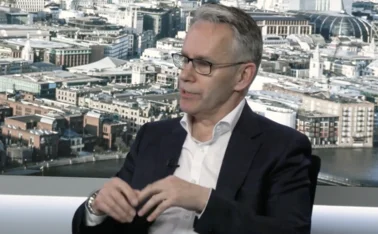
Roundtable: Digital Transformation – to what extent has hype turned into action?

While the topic of digital transformation has been around for the past decade, consultancies continue to warn that further transformation is required. Post, in association with Marklogic, held a roundtable with senior figures from the insurance industry, to determine whether this is hype or if the industry is taking on these challenges
Attendees at the recent roundtable on digital transformation were confident that change is beginning to happen in the industry.
Recent Lloyd’s modernisation and efforts to embrace insurtech through
Only users who have a paid subscription or are part of a corporate subscription are able to print or copy content.
To access these options, along with all other subscription benefits, please contact info@postonline.co.uk or view our subscription options here: https://subscriptions.postonline.co.uk/subscribe
You are currently unable to print this content. Please contact info@postonline.co.uk to find out more.
You are currently unable to copy this content. Please contact info@postonline.co.uk to find out more.
Copyright Infopro Digital Limited. All rights reserved.
As outlined in our terms and conditions, https://www.infopro-digital.com/terms-and-conditions/subscriptions/ (point 2.4), printing is limited to a single copy.
If you would like to purchase additional rights please email info@postonline.co.uk
Copyright Infopro Digital Limited. All rights reserved.
You may share this content using our article tools. As outlined in our terms and conditions, https://www.infopro-digital.com/terms-and-conditions/subscriptions/ (clause 2.4), an Authorised User may only make one copy of the materials for their own personal use. You must also comply with the restrictions in clause 2.5.
If you would like to purchase additional rights please email info@postonline.co.uk








